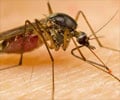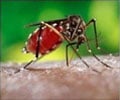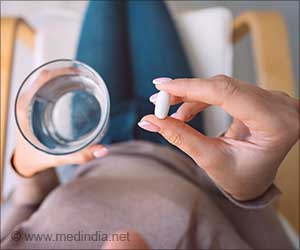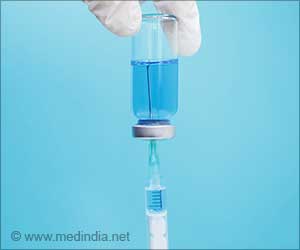Process of crystallization is central to drug development. Scientists say they still are learning about the complex interactions involved in the building and dissolution of crystals.
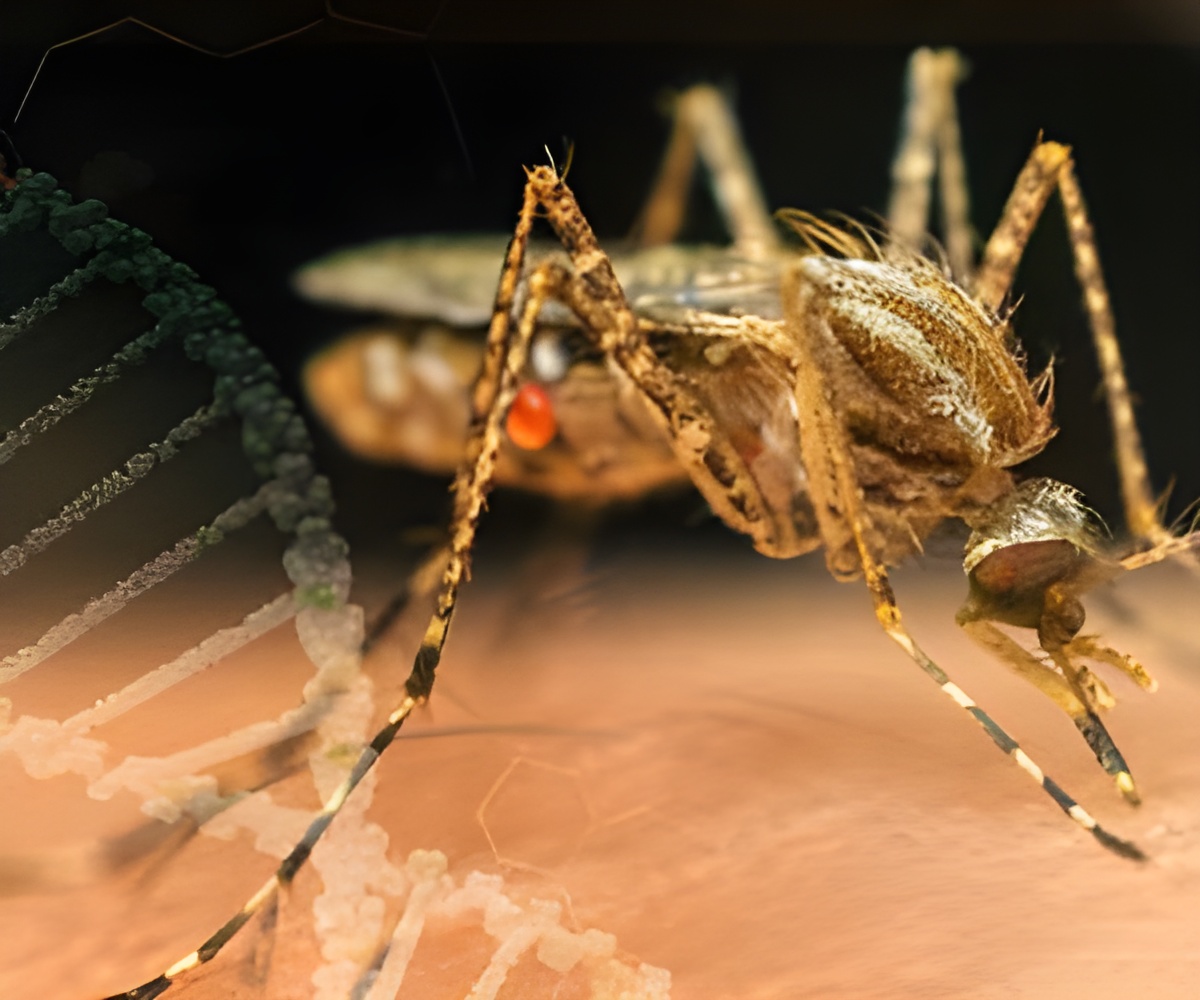
‘Modifier interactions mediated by the dynamics and structures on the crystal interface suggest a new way to screen molecules for their potential in drug development.’
Read More..




Working against each other, known as antagonistic cooperation, meant that the drugs were actually less effective in tandem than individually. Peter Vekilov, John and Rebecca Moores Professor of Chemical and Biomolecular Engineering and Chemistry at UH and another co-author, said the work will allow the design of more effective treatments for malaria, a mosquito-borne disease that killed 435,000 people in 2017, most of them children in Africa.Read More..
But more broadly, it suggests a new way to screen molecules for their potential in drug development, allowing new treatments to be developed more quickly.
"When you are using modifiers, a small change in the molecule’s structure can dramatically alter its performance," Rimer said.
Malaria is caused by a parasite, which consumes hemoglobin and leaves behind a compound known as hematin, which the parasite sequesters inside a crystal. Antimalarial treatments work by inhibiting the crystal growth, freeing hematin to attack the parasite.
For this work, the researchers studied the growth of hematin crystals in the presence of four antimalarial drugs - chloroquine, quinine, mefloquine and amodiaquine - which work in one of two distinct ways.
Advertisement
"This mechanism may provide guidance in the search for suitable inhibitor combinations to control crystallization of pathological, biomimetic, and synthetic materials," the researchers wrote.
Advertisement
Source-Eurekalert

